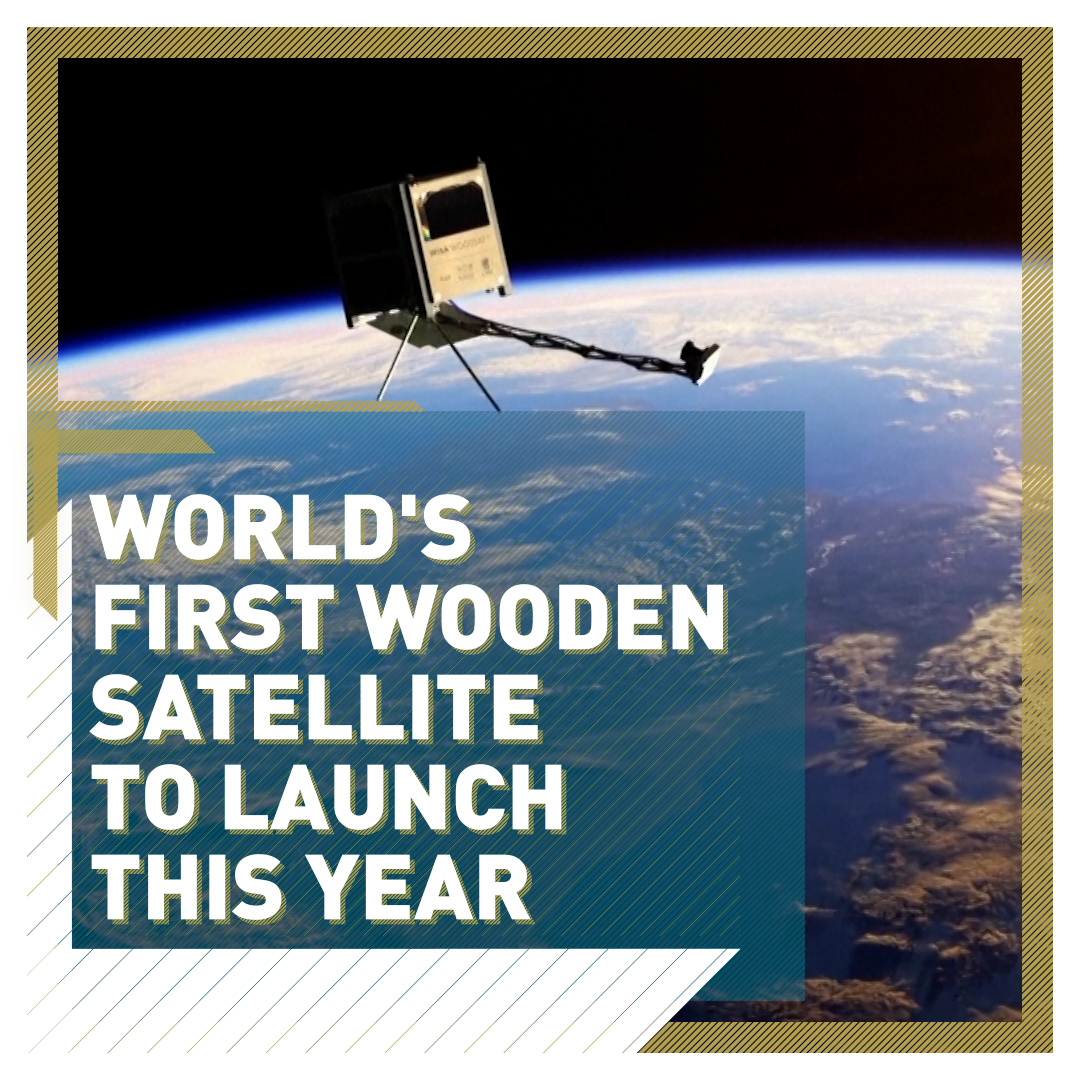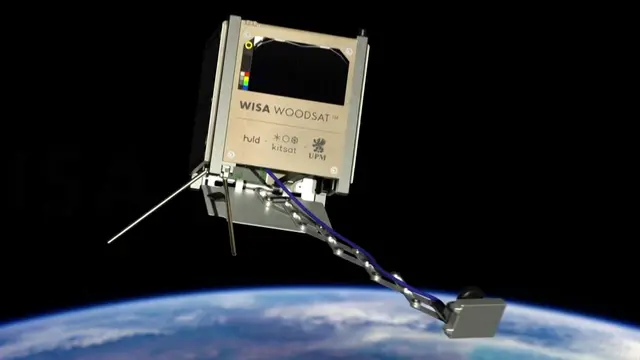01:03

A Finnish company is planning to launch the world's first wooden satellite into orbit to test the suitability of wood for use in extreme conditions.
The WISA WOODSAT is a nanosatellite based on the popular CubeSat standard, measuring 10 x 10 x 10 cm, and will be launched later this year onboard a Rocket Lab Electron rocket from the Mahia Peninsula launch complex in New Zealand.
Designed and built-in Finland, the mission will expose the birch plywood to extremes of heat, cold, vacuum and radiation, for an extended period to assess how it might perform in other future space structures, like space stations or even spacecraft.
READ MORE:
Meet Italy's Robinson Crusoe
The top stories from China
The $1m bottle of wine aged in space
The company believes its mission could help establish the value of renewable wood-based materials in very demanding environments such as space.
The WISA WOODSAT nanosatellite is designed and built in collaboration with space tech firm Arctic Astronautics, Scandinavian design house Huld and UPM Plywood.
"We know that the plywood can survive in harsh environments very well and there is also a lot of mechanical stress and strains, static and dynamic forces affecting the plywood. We know it will last in those harsh environments," said Sami Uuksulainen from UPM Plywood.
The specially coated plywood will be monitored by a suite of sensors provided by the European Space Agency (ESA) and two cameras, including one on a deployable boom that functions similar to a "selfie stick."
"The reason for the selfie camera is simply because we want to have photos of the surface in space," explains WOODSAT's mission manager, Jari Makinen. We want to know "how, day by day, the color is changing, and if there are some cracks inside the layers, because this is just like the composite materials made from layers, and we want to see what is happening."
The satellite is also designed to demonstrate accessible radio satellite communication and host several secondary technology experiments.
(VIdeo editor: Pedro Duarte)
Source(s): Reuters
 简体中文
简体中文

